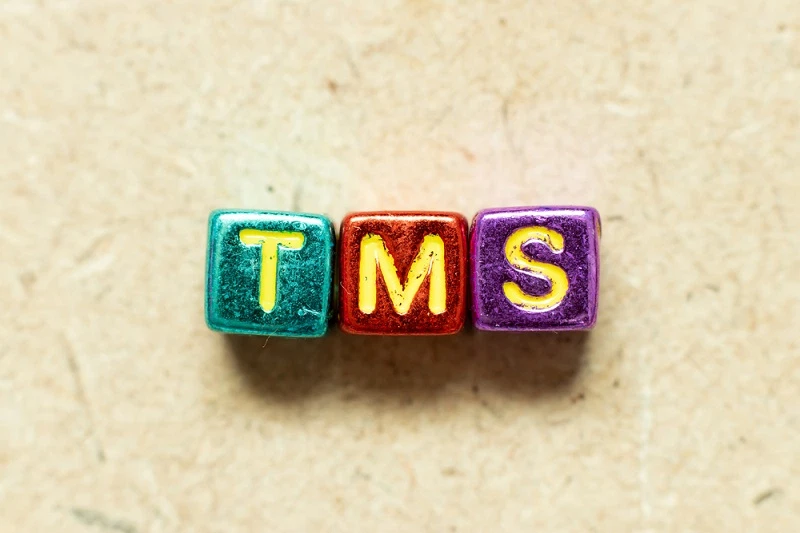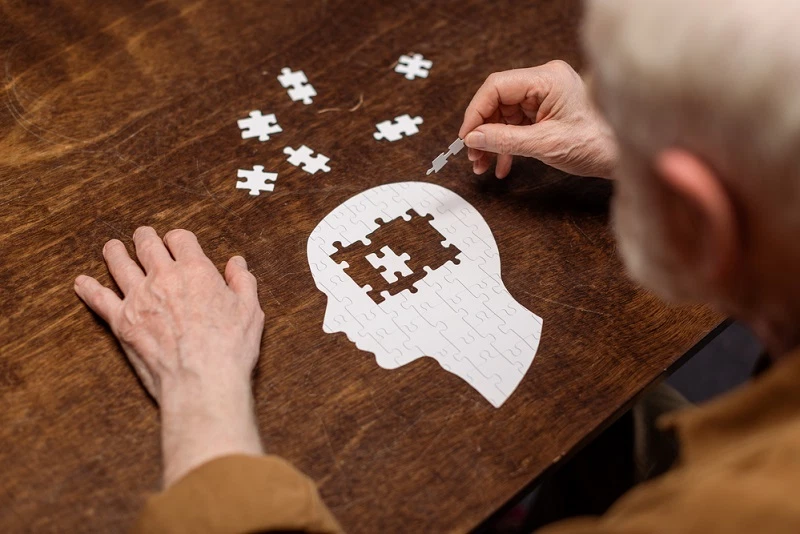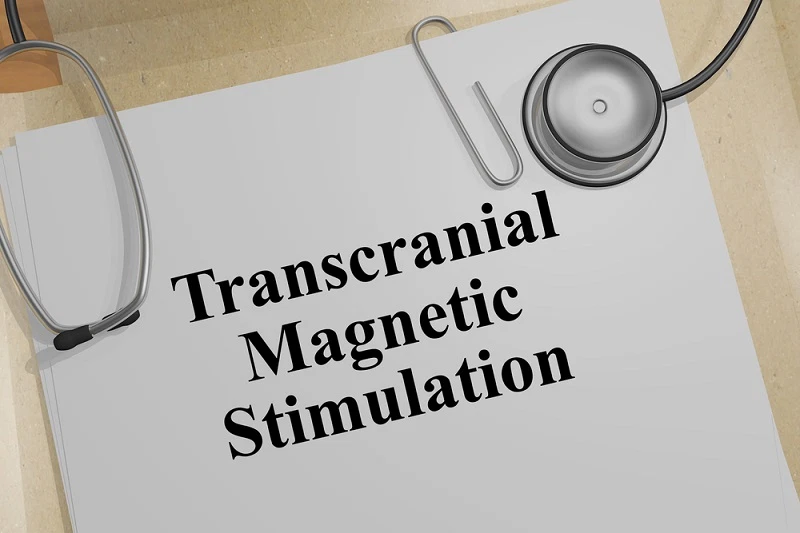Transcranial Magnetic Stimulation (TMS) is a leading treatment being developed for neurological and mental health conditions. Two main types of TMS treatment are currently available: deep transcranial magnetic stimulation (dTMS) and repetitive TMS (rTMS). Below, we’re comparing dTMS vs. rTMS, exploring the key differences and benefits of each.
dTMS vs. rTMS: What’s the Difference?
Currently, there are two primary forms of transcranial magnetic stimulation (TMS) available: deep TMS (dTMS) and repetitive TMS (rTMS). Both forms rely on magnetic fields to stimulate nerve cells in the brain; however, the mechanism and effect can differ considerably.

What is dTMS?
Deep Transcranial Magnetic Stimulation (dTMS) is a type of TMS that uses a helmet-shaped (H-shaped) coil to stimulate deep regions of the brain (hence the name). The coil emits magnetic pulses deep into the brain tissue, targeting specific regions to produce a desired effect, in contrast to rTMS which is restricted to the superficial neural layers.
Given its increased capabilities, dTMS produces a greater variety of results than rTMS. For instance, many of the deeper regions of the brain play a significant role in mood regulation, meaning dTMS is a viable treatment for a range of conditions, including depression, anxiety, and obsessive-compulsive disorder (OCD).
How Does dTMS Work?
During a dTMS session, the patient wears a helmet-like device containing an H coil. The coil emits a magnetic field that penetrates the brain’s deep regions, stimulating structures such as the limbic system, the prefrontal cortex, and the amygdala, among other areas known to be involved in mood regulation.
The treatment is completely painless and non-invasive, allowing the practitioner to stimulate nerve cells without direct contact. Following the session, the patient can resume normal daily activities immediately and should experience no long-term side effects.
At present, dTMS has been approved by the FDA for the treatment of depression and OCD. It has also shown promising results in treating addiction, PTSD, and other mental health conditions.
What is rTMS?
Repetitive Transcranial Magnetic Stimulation (rTMS) uses a figure-eight-shaped coil to generate a magnetic field. Unlike dTMS, rTMS emits pulses at a high frequency that cannot penetrate below the brain’s superficial regions. Nevertheless, a practitioner can still increase or decrease the frequency to change the activity of neurons in the target area, resulting in beneficial effects for depression and other mental health conditions.
During an rTMS session, the coil is placed on the scalp over the target brain region. The coil emits a series of magnetic pulses lasting approximately 30 to 60 minutes. Like dTMS, the procedure is 100% non-invasive and painless, producing no lasting results.
rTMS recently received approval from the FDA for the treatment of depression. In addition, it has shown promising results for treating anxiety, PTSD, and other mental disorders. rTMS requires multiple weekly sessions over several weeks to achieve the desired results.
How Does rTMS Work?
Similar to dTMS, rTMS relies on a coil to emit a magnetic field that stimulates neurons in a specific brain region – increasing or decreasing their activity. rTMS specifically targets the prefrontal cortex: associated with mood regulation and cognitive function.
In a nutshell, the prefrontal cortex is involved in inhibiting actions – for example, if you stand by a high ledge and think about jumping your prefrontal cortex prevents you from doing so. It also manages planning, decision-making, personality expression, working memory, and more.
Targeting prefrontal cortex activity can improve symptoms of depression and other mental health conditions. Moreover, it achieves this benefit without the side effects associated with traditional antidepressant medications. Patients may experience mild discomfort or a slight headache during or after the treatment, but these side effects usually subside quickly.
dTMS vs. rTMS: What Do They Have in Common?
Fundamentally, dTMS and rTMS utilise the same mechanism of action. Both use magnetic fields to stimulate brain regions in a non-invasive procedure. Both are also considered relatively safe and well-tolerated by patients across a wide range of mental health conditions.
Furthermore, dTMS and rTMS are approved by the FDA for treating major depressive disorder (MDD) – and are increasingly used in cases of treatment-resistant depression.

What are the Key Differences between dTMS and rTMS?
Despite their similarities, these two treatments are different in several distinct ways. Here are the most significant differences between the two:
Depth of stimulation
The most fundamental difference is the depth of stimulation. dTMS uses an H-coil to stimulate deeper regions of the brain, whereas rTMS’ use of a figure-eight coil only allows access to the superficial regions of the brain.
Treatment sessions
Patients can expect a slight variation in the treatment schedule. dTMS sessions typically last around 20 minutes, with a total of five sessions per week for four to six weeks. In contrast, rTMS sessions typically last between 30 to 60 minutes, with a total of 30 to 36 sessions over four to six weeks.
Side effects
Comparing dTMS vs. rTMS, both have similar side effect profiles, primarily mild headaches and scalp discomfort. However, patients also report dizziness with rTMS treatment – likely due to the magnetic field affecting the inner ear architecture.
Cost
Being more advanced, dTMS is more expensive than rTMS, relying on the specialised H-coil and a greater number of treatment sessions.
Indications
Both rTMS and dTMS are used to treat depression. However, their indications can differ based on the patient’s condition. For example, dTMS may be more effective for treating severe depression or OCD, while rTMS may be more effective for treating conditions such as migraines or tinnitus.
Deep TMS vs. rTMS: Which Should You Choose?
Consider the type and severity of your condition when choosing between dTMS and rTMS. While rTMS is advisable for mild to moderate depression, anxiety, migraines, and tinnitus, dTMS is more effective for conditions like major depressive disorder, OCD, and addiction.
Discuss the two modalities with your mental health professional to determine which treatment is right for you. Regardless, TMS marks a significant leap forward in medical technologies and opens the doors to new advances in mental health treatments.
